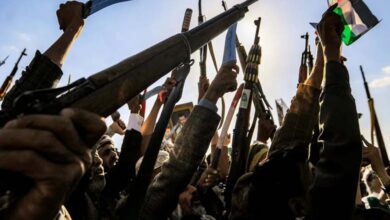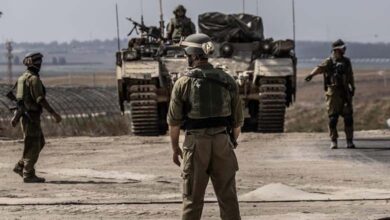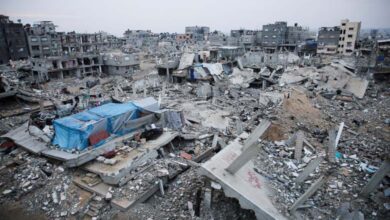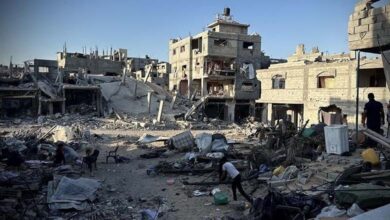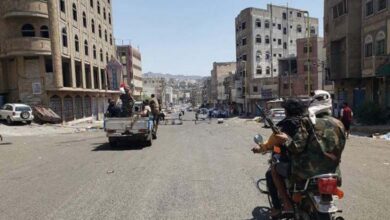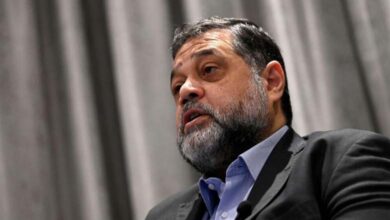Hostages or Gaza’s Occupation: What Is Netanyahu’s Priority?
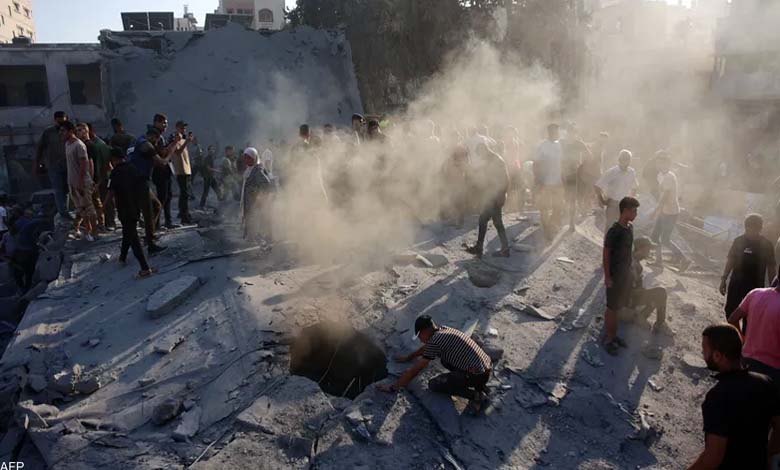
Ambiguity surrounds Israeli Prime Minister Benjamin Netanyahu’s statements regarding his stance on recovering hostages or occupying Gaza.
The anchor of Israel’s Channel 12 News asked: “What does Netanyahu want? Does he want a deal to bring back the hostages? Does he want the war to continue? Does he want to occupy Gaza?”
-
Hostages or Gaza’s Occupation: What Is Netanyahu’s Priority?
-
Netanyahu calls for accelerating the takeover of Gaza despite warnings
Confusion deepened Thursday night when Netanyahu declared that he had approved plans to occupy Gaza City while also authorizing negotiations on the hostages’ release. However, he did not announce the dispatch of a negotiating team either to Doha (Qatar) or Cairo (Egypt).
Channel 12 cited an Israeli official saying that “at this stage, Israel is not sending a negotiating team to Cairo or Doha.” Later, however, a diplomatic source told the channel that once a location for talks was agreed, the Prime Minister would dispatch a delegation to negotiate a comprehensive deal and end the war on Israel’s terms.
-
Israel Prepares to Implement Gaza Occupation Plan and Evacuate Civilians
-
Between Street Pressure and Coalition Threats: Scenarios for Netanyahu’s Response to the Gaza Proposal
On Friday, Defense Minister Israel Katz adopted the same ambiguous stance: he threatened a devastating occupation of Gaza City while also outlining conditions for a ceasefire.
In a statement, he said: “Yesterday we approved the IDF’s plans to defeat Hamas in Gaza – with heavy firepower, evacuation of residents, and maneuvering.”
He added: “Soon, the gates of hell will open upon Hamas’s murderers and rapists in Gaza – until they agree to Israel’s conditions to end the war, foremost the release of all captives and their disarmament.”
He warned: “If they do not comply, Gaza, the Hamas capital, will become another Rafah and Beit Hanoun. As I promised – so it will be.”
-
Gaza Occupation Plan Takes Final Shape Despite Truce Talks
-
Latest News from Gaza: Intensified Israeli Bombardment and Tanks Advancing to the City’s Entrance
Planned Destruction of Gaza’s High-Rises
The Israeli military’s destructive plans for Gaza appear to take precedence over the issue of hostages.
On Friday, the daily Yedioth Ahronoth reported that, unlike Khan Younis, Gaza City – set to be the epicenter of Operation Chariots of Gideon 2 – still contains many high-rise buildings.
The paper noted that certain tactics from Chariots of Gideon 1 would be repeated: opening new assault corridors in addition to the Netzarim axis, and widespread leveling of buildings and infrastructure, as seen recently in Rafah and Khan Younis.
-
UAE Carries Out 72nd Humanitarian Airdrop in the Gaza Strip
-
Occupation of Gaza Plan… Israeli Estimates Suggest Fighting Could Last Until 2026
In the Absani neighborhood east of Khan Younis, for example, Israeli paratroopers flattened more than 2,000 buildings in recent months, some three or four stories tall, justifying demolitions on the grounds that militants had used them or could use them again, particularly for tunnels.
Gaza presents greater challenges: the city is relatively small but densely packed with towers of 10 to 15 stories, especially in western neighborhoods like Sabra, Rimal, and Sheikh Ajlin. Their destruction would require massive amounts of explosives and heavy engineering equipment already worn down by prolonged combat since Hamas’s October 7 attack.
-
Israeli army approves guidelines for Gaza offensive
-
Gaza Sparks a Civil Servants’ Revolt in the European Union
According to the paper, the large-scale ground operation is unlikely to begin before next month and will depend on Israel’s ability to displace about one million residents southward, relying heavily on UN cooperation.
The next stage of preparations will be to translate operational concepts into actionable plans: brigades encircling Gaza from all directions, gradually advancing into its western districts where most towers remain.
-
Five Al Jazeera Journalists, Including Anas Al-Sharif, Killed in Israeli Airstrike on Gaza
-
Israeli Army Preparing to Occupy Gaza City with a Quarter Million Soldiers
This would be followed by detailed “combat procedures”: timing of operations, response scenarios, logistical readiness, final drills, troop build-up along the Netzarim axis, and intensified airstrikes ahead of the assault.
Tens of thousands of reservists have already received emergency call-up orders (Order 8), with some due to report as early as early September. Regular brigades were also instructed at the end of last week to prepare for the possibility of a new ground maneuver – nearly a year after the last major operation in northern Gaza, which opened the ground front about 20 months ago.





